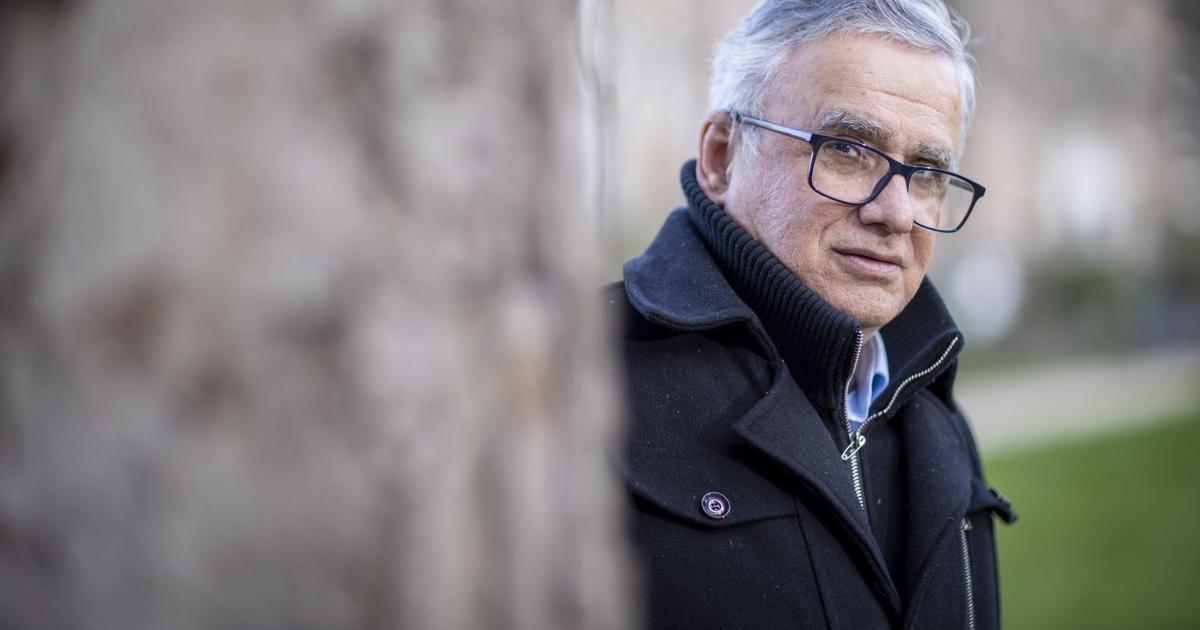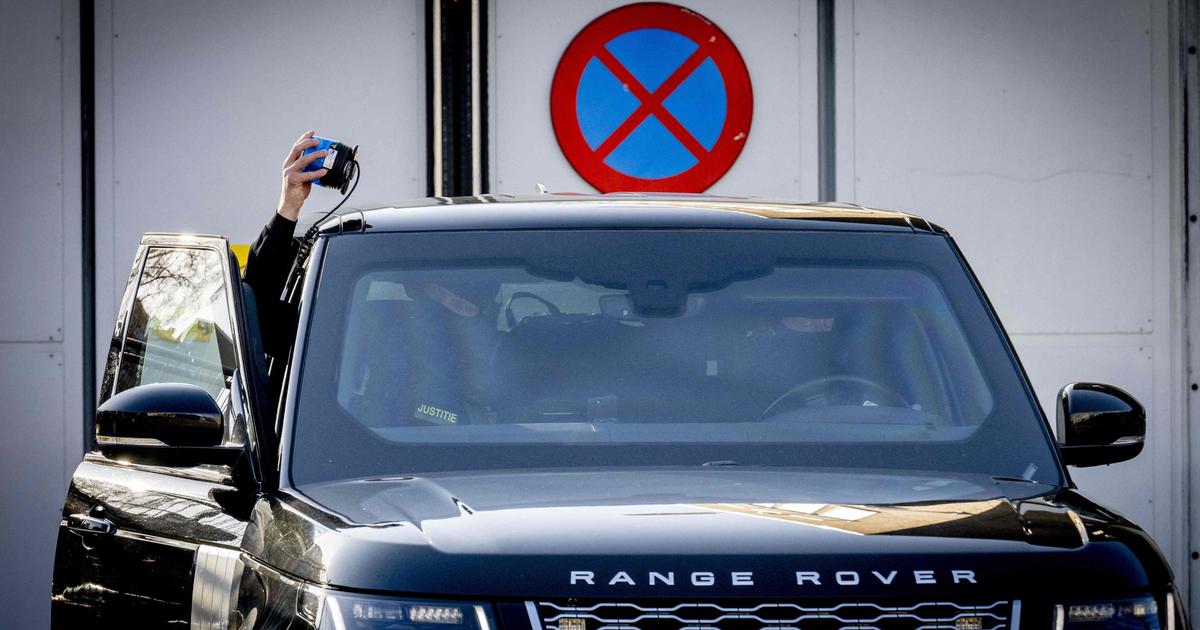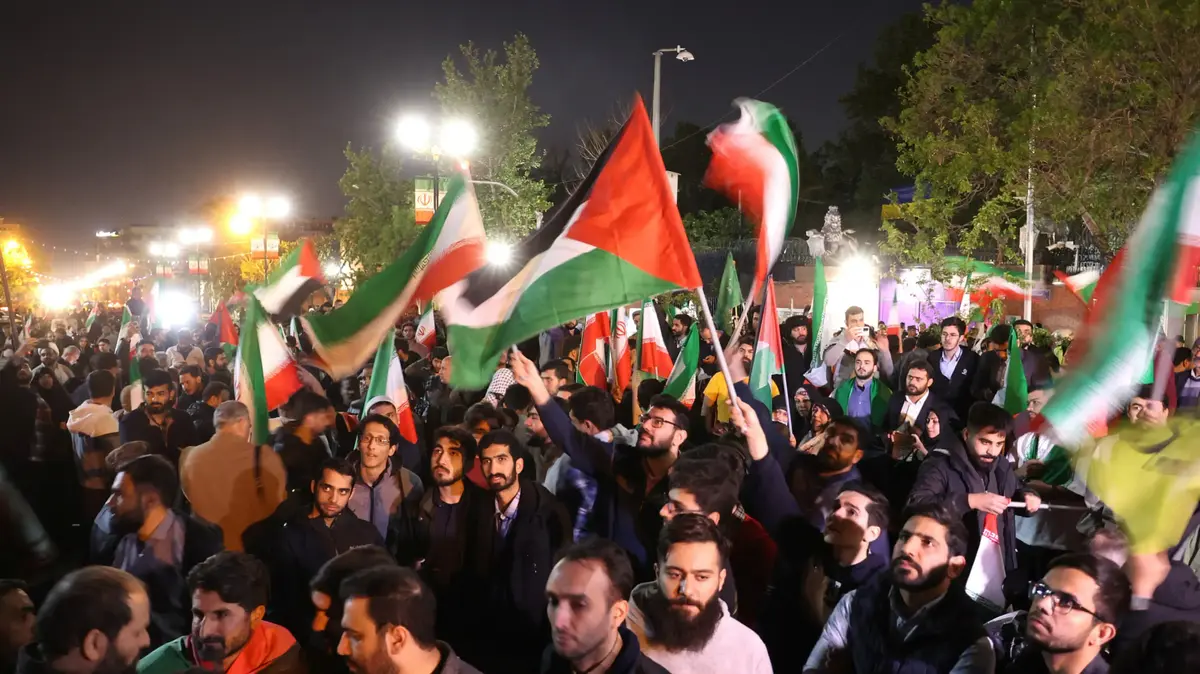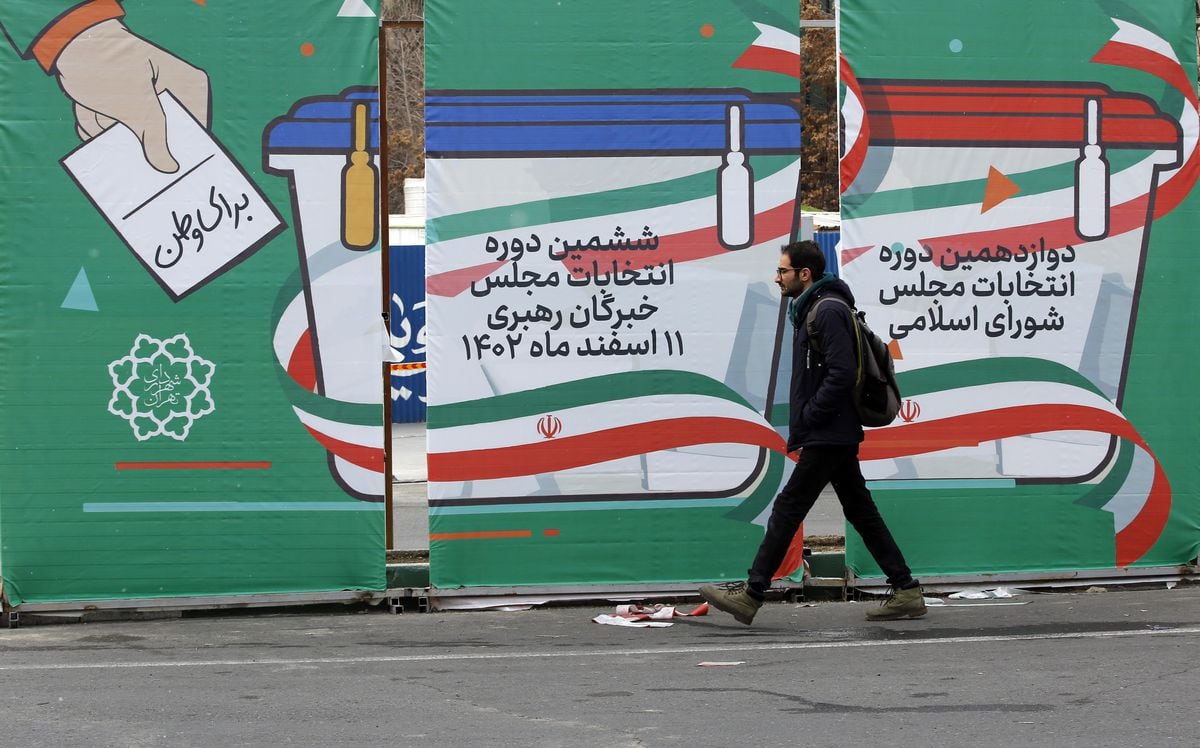Taghi Rahmani, last October in Paris. JULIEN DE ROSA (AFP)
Taghi Rahmani (Qazvin, 63 years old) set foot in prison for the first time at the age of 15, under the despotic monarchy of the last Shah of Iran.
From then until 2012, when he went into exile in France, this intellectual was in and out of prison, where he spent more than 16 years.
Reporters Without Borders defined him in 2011 as "the journalist who had been imprisoned the most times" for criticizing the Islamic Republic that has ruled his country since 1979. In 2015, Rahmani's twin sons, now 16, met with him in Paris.
His mother, the journalist Narges Mohammadi (Zanjan, 50 years old), had just been jailed in Iran.
Mohammadi —the Andrei Sakharov Prize of the European Parliament in 2018— is still in prison, where he accumulates sentence after sentence.
It's been seven years since this mother has seen her children and seven months since she hasn't been allowed to talk to them on the phone.
explains her husband.
By video call with this newspaper from Paris on Thursday, Rahmani assures that she does not regret the price that her family has paid for her fight.
Her wife, she affirms, does it even less: "She is more firm than me in terms of our ideals."
Ask.
How do you analyze the current protests in Iran?
Response.
A Persian proverb says that the rope breaks at its narrowest part.
After 43 years of injustice, the regime has stretched that rope too tight due to its discrimination against women, ethnic and religious minorities;
for its unbearable repression and widespread corruption, which have plunged Iranians into abject poverty.
Hence the motto "Woman, life and freedom": woman, because Iranian women suffer from Stone Age norms;
life, because in Iran there are many people who literally cannot live and, lastly, freedom, because freedom and justice is what we lack the most.
What happened to Mahsa Amini [the young woman who died in police custody on September 16 after being arrested for wearing her veil improperly] was just the fuse.
The protests are directed against the entire regime.
Q.
Are women the narrow part of that rope?
R.
They are the most harmed by the terrible discrimination with which this theocracy treats anyone who does not take communion are their Shiite fundamentalist values.
The Islamic Republic persecutes ethnic, religious, and sexual minorities, but women suffer from systemic discrimination.
It is often said that 60% of Iranian university students are women and it is true, but Iranian women are absent from the organs of power.
In Parliament, there are 299 seats and only nine are occupied by women, of course sympathetic to the regime, who are not there to defend Iranian women, but to further discriminate against them.
Q.
What distinguishes these protests?
R.
_
There have always been protests in Iran, but the previous ones were mostly dispossessed Iranians from the periphery of the cities and also from regions such as the Kurdish.
A very big difference in these protests is the involvement of the middle classes and university students.
The regime itself has understood its mistake by not closing the universities.
Another novelty is the persistence of the demonstrations and the fact that a population that this fundamentalist system has tried to divide by all means, appealing to ethnicity, religion, even different professions, is now shouting in unison "De Tehran to Kurdistan, I offer my life for freedom."
Q.
What does the persistence of the demonstrations represent?
R.
[Ayatollah] Khamenei [Iran's supreme leader] is very concerned, especially since the forces of repression are nearing exhaustion [448 Iranians have died from the repression in Iran, according to the NGO Iran Human Rights, 300 , according to the only official figure known].
The regime did not expect it.
Documents obtained by hackers have been released, in which the authorities express their fear that they do not have sufficient means to continue repressing the protests.
Even the regime itself knows that the vast majority of Iranians, 80%, according to those documents, want change.
Not all of them take to the streets, due to the brutality of the repression and the fear, but they do share the ideals of the protesters.
The remaining 20% are people who have a vested interest in the survival of this regime.
Q.
Do you think the protests could stop?
R.
I think there is no going back.
The Iranians have broken with this regime.
We are living the germ of a revolution that, to succeed, needs to be imposed in five areas: cultural, social, economic, legislative and political.
In the first two, that revolution has already been completed.
If there were any break in the mobilization, it would be to resurface again, given the spread of popular discontent.
The only thing that could slow down, not stop, the protests would be if the theocracy managed to inject a large amount of money that would improve the daily life of the population, but the regime does not have that economic capacity.
Q.
_
What scenario could open the death of Khamenei, who is 83 years old?
A Revolutionary Guard coup?
R.
.
Khamenei is a blocking element, preventing any possibility of change.
The only way is the overthrow of the regime.
The Revolutionary Guard and the Islamic Republic are the same.
A coup could not make the situation worse.
In Iran, the core of power right now is made up of Khamenei, his son [Mojtaba], the head of the judiciary, the head of the intelligence services and the Revolutionary Guard.
If Khamenei imposes his son, weaker than him, as his successor, and the people continue to resist, the protest will have more force.
Khamenei has four red lines: the first is the vision of the United States as an enemy;
the second, the rejection of the leaders of the Green Movement of 2009 [Mir Hosein Mousavi and Mehdi Karrubí];
third,
control over the Guardian Council [the body with the power to veto laws and presidential candidates];
and the fourth, the obligatory nature of the veil.
If when Khamenei dies, those red lines are maintained, there will be no change on the part of the regime.
Q.
What has happened to the reformists in Iran?
R.
_
Many reformist Iranians have given up all hope that this theocracy will evolve and now want regime change.
Some are imprisoned for having participated in the current protests.
Q.
_
What do the Iranians demand from the West?
R.
_
Europe's interest is to support the Iranian democratic movement.
The West should not seek to fix its problems with the theocracy in Iran by focusing on the nuclear [deal], but rather support our revolution.
Right now, we need your help to force the regime to quash the death sentences of [at least six] protesters.
Follow all the international information on
and
, or in
our weekly newsletter
.
Subscribe to continue reading
Read without limits
Keep reading
I'm already a subscriber









